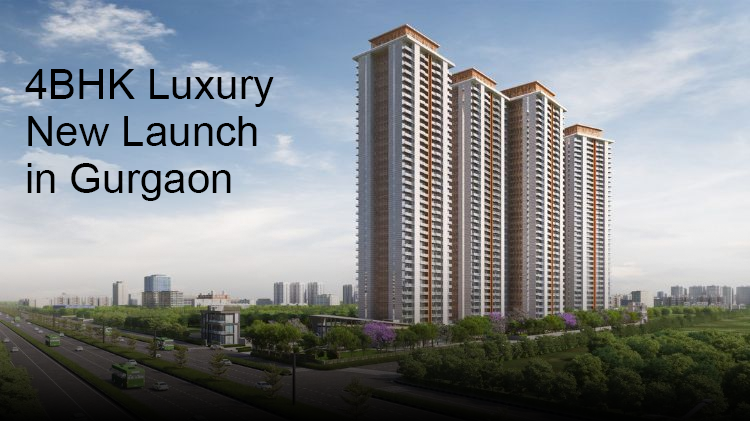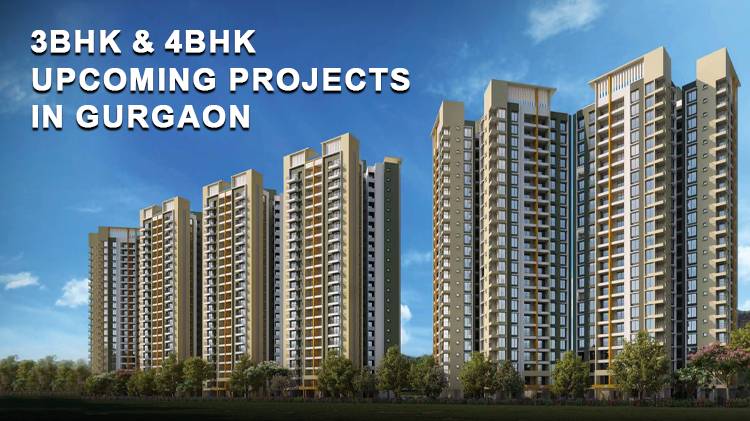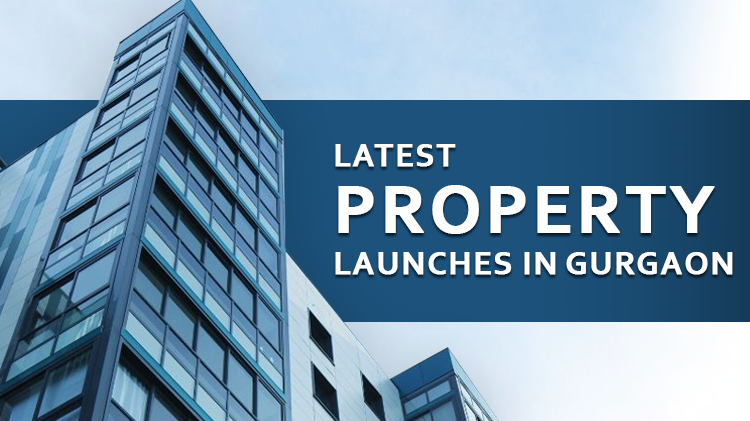
Living in an apartment complex comes with a host of benefits, including access to shared amenities, a sense of community, and security. However, these perks come at a cost of maintenance charges. These fees are essential for the upkeep of the building and its common areas, ensuring residents enjoy a comfortable and functional living environment. In this blog, we will explore every detail about real estate maintenance charges in apartment complexes, including their methods of calculation, purpose, components, and other important considerations.
What are Maintenance Charges?
The maintenance changes are periodic fees collected by the Resident Welfare Association (RWA) or the Apartment Owners Association (AOA) from residents of the apartment complex. These charges are used to cover the costs associated with maintaining and managing the shared facilities and infrastructure of the community.
In essence, understanding maintenance charges ensures that all residents contribute fairly to the upkeep of common areas and amenities such as swimming pools, gardens, security systems, and elevators.
Why are Maintenance Charges Necessary?
Maintenance charges serve critical purposes:
|
Upkeep of Common |
Shared spaces like playgrounds, lobbies, parking, and staircases require cleaning and maintenance. |
|
Repairs and Renovations |
Routine repairs (electrical work or plumbing) and occasional renovations keep the property in good condition. |
|
Operational Costs |
These include salaries for staff such as gardeners, security guards, and housekeeping personnel. |
|
Utility Bills |
Electricity for common areas, water supply for shared facilities, and waste management services are covered. |
|
Sinking Fund Contributions |
A portion of the charges is set aside for major future expenses like structural repairs and repainting. |
Without these fees, the quality of life in the apartment complex would deteriorate over time.
Components of Maintenance Charges
Maintenance charges typically include several components:
1. Repair and Maintenance Fund
-
Covers routine repairs such as repainting and plumbing fixes.
-
Often charged at a minimum rate of 0.75% per annum of the construction cost of each flat.
2. Service Charges
-
Includes housekeeping services, electricity for common areas, security personnel salaries, and equipment maintenance.
-
Divided equally among all residents.
3. Lift Maintenance
-
Costs associated with elevator repairs and operations.
-
Shared equally regardless of whether residents use the lift or not.
4. Sinking Fund
-
A reserve fund is set aside for major expenses like replacing large equipment or structural repairs.
-
Charged at a minimum rate of 0.25% per annum of the construction cost.
5. Lease Rent
-
Charged based on the built-up area of each flat.
6. Other Charges
-
May include contributions to election funds or taxes, like non-agriculture taxes.
Who Decides Maintenance Charges?
The RWA or AOA determines maintenance charges during general body meetings. Ley steps include:
1. Estimating annual expenses for upkeep and operations
2. Funds for future repairs through a sinking fund.
2. Decide on a fair method for distributing costs among residents.
Residents have the right to review budgets and suggest changes during these meetings.
Conclusion
Maintenance charges are an integral part of living in an apartment complex. They ensure that shared spaces remain functional and enjoyable while fostering a sense of community responsibility among the residents.


.png)


3 Comments